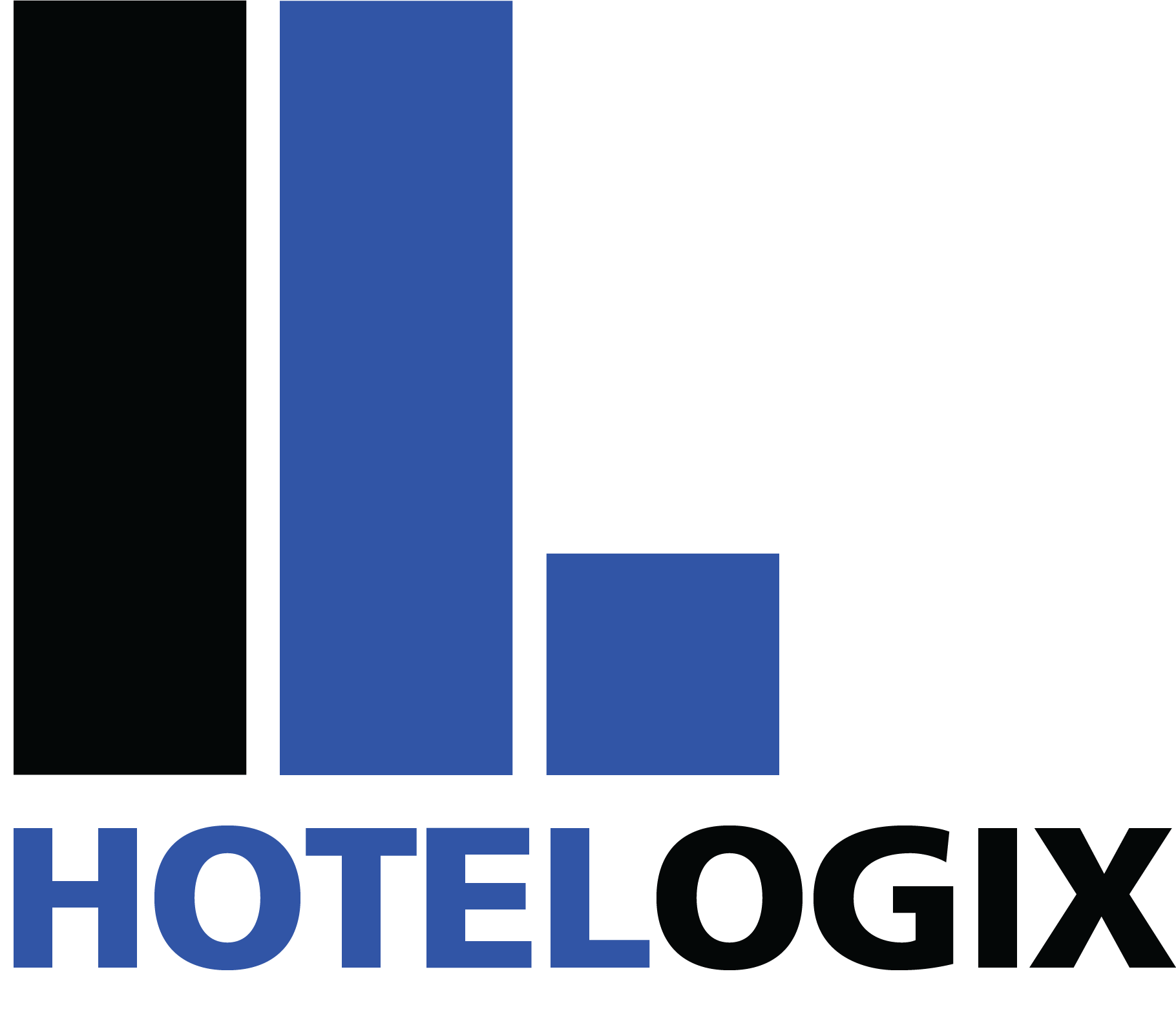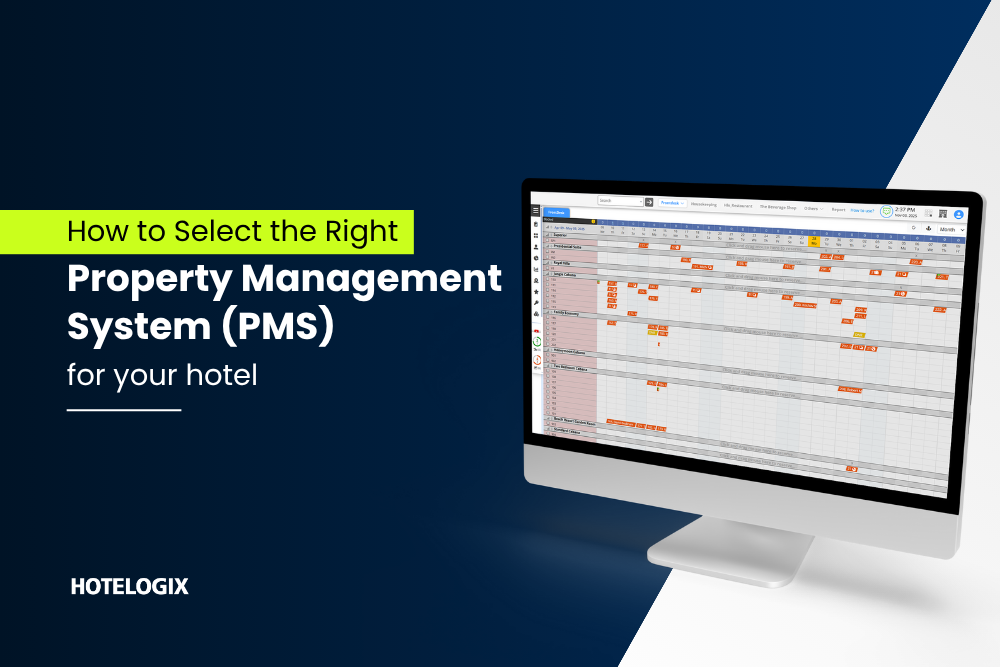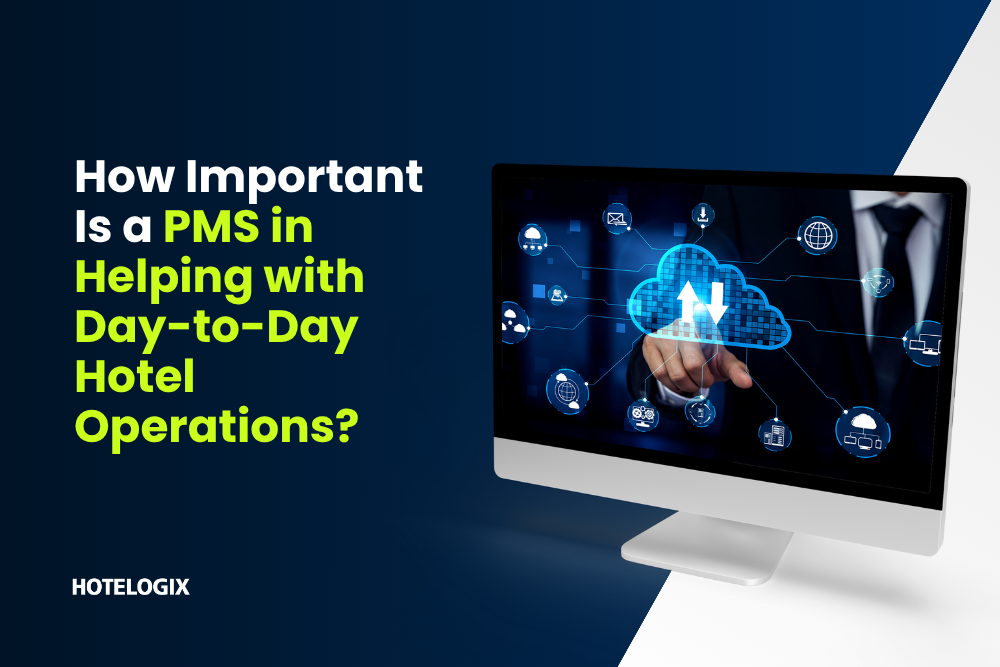2016 wasn’t the greatest year for hospitality, with Brexit and the US elections leaving the industry in a warm state of ambiguity. However, there are significant positives to be drawn as well. While the lukewarm economy didn’t significantly boost global ADR and occupancy numbers, cloud-based hotel management is rapidly entering the mainstream. A large number of hotels abandoned their in-premise legacy systems in favor of a hotel PMS(Property Management System). This is great news for the industry, since it enhances connectivity and enables real-time integration.
Cloud Based Property Management System
In fact, the growing popularity of the cloud-based PMS has reshaped the very landscape of hospitality. Hotels that are on the cloud have benefitted so much that competing properties have had little choice but to join the platform themselves.
Let’s take a look at some of the factors that influenced cloud migration in 2016, and the biggest challenges hoteliers faced while making the switch.
Software evaluation
A property management system is still a program at the end of the day. And the sheer scale of management required at most properties mean that running the system is only going to be as simple as the hotel permits. Service providers are often hesitant to permit unrestricted access to their trials, and prefer to conduct demos that allow them to address queries then and there. This way, hoteliers won’t be overwhelmed and are less likely to blame the system for complexities arising from their own hotel’s state of management.
Hotelogix was one of a few companies that provided a completely unregulated trial – their confidence in the system’s simplicity certainly paid dividends, catapulting the PMS company across 100 countries in the process. A number of other companies also followed suit and simplified evaluation in 2016 and while a one-minute registration process may not be common, the enhanced access has encouraged more properties to adopt modern tools.
Costs and functionality
With rising costs and static occupancy numbers in many regions, hotels are hard-pressed to lower costs and save wherever they can. The majority of PMSs on the market in 2016 did not offer a complete solution – many of them only included a front desk system and modules for other departments such as accounting, housekeeping and so on had to be purchased independently.
While local companies offered cheaper systems, they lagged behind in terms of functionality and did not support real-time integration to many global OTAs. Additionally, mobile optimization and compatibility is a valuable function that many providers don’t provide. This forces the hotel to invest further in workstations and calls for more tech-savvy staff. In fact, hotels equipped with a mobile PMS functionality can save as much as 60% in recruitment costs by broadening their scope of employability.
Lack of flexibility
Properties often struggle to find a system perfectly attuned to meet its needs. Smaller b&bs with under 20 rooms will have very different needs from boutique hotels with 100 rooms. Owners of smaller properties often feel like they’re paying for features they don’t require, and this is major deterrent particularly for individuals accustomed to using outdated systems.
Hotelogix offers multiple subscription plans that cater to various types of hotels, ranging from small inns to large multi-property groups. This enables owners to gradually upgrade their plan as they scale – an approach that is as cost-effective as it is practical.
As we enter 2017, hoteliers can take comfort from the fact that cloud technology is experiencing unprecedented global penetration. This will further enhance accessibility and also help improve connectivity between suppliers and distributors, potentially improving occupancy and driving more revenue. From a ROI perspective, a reliable PMS could make all the difference to a hotel’s bottom-line – a PMS is no longer just a tool, it has become a critical cog in the hotel’s operational gears.
—






